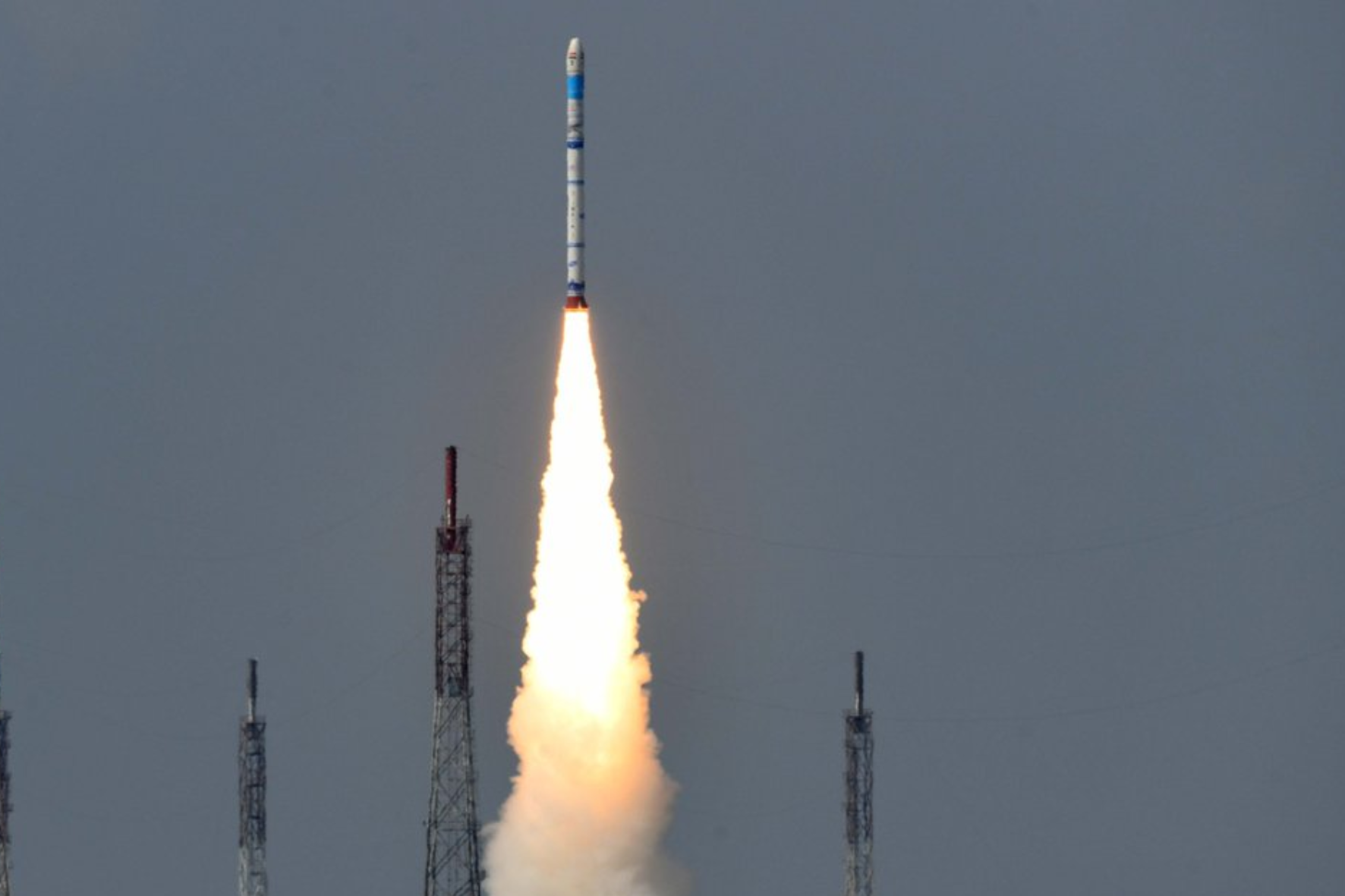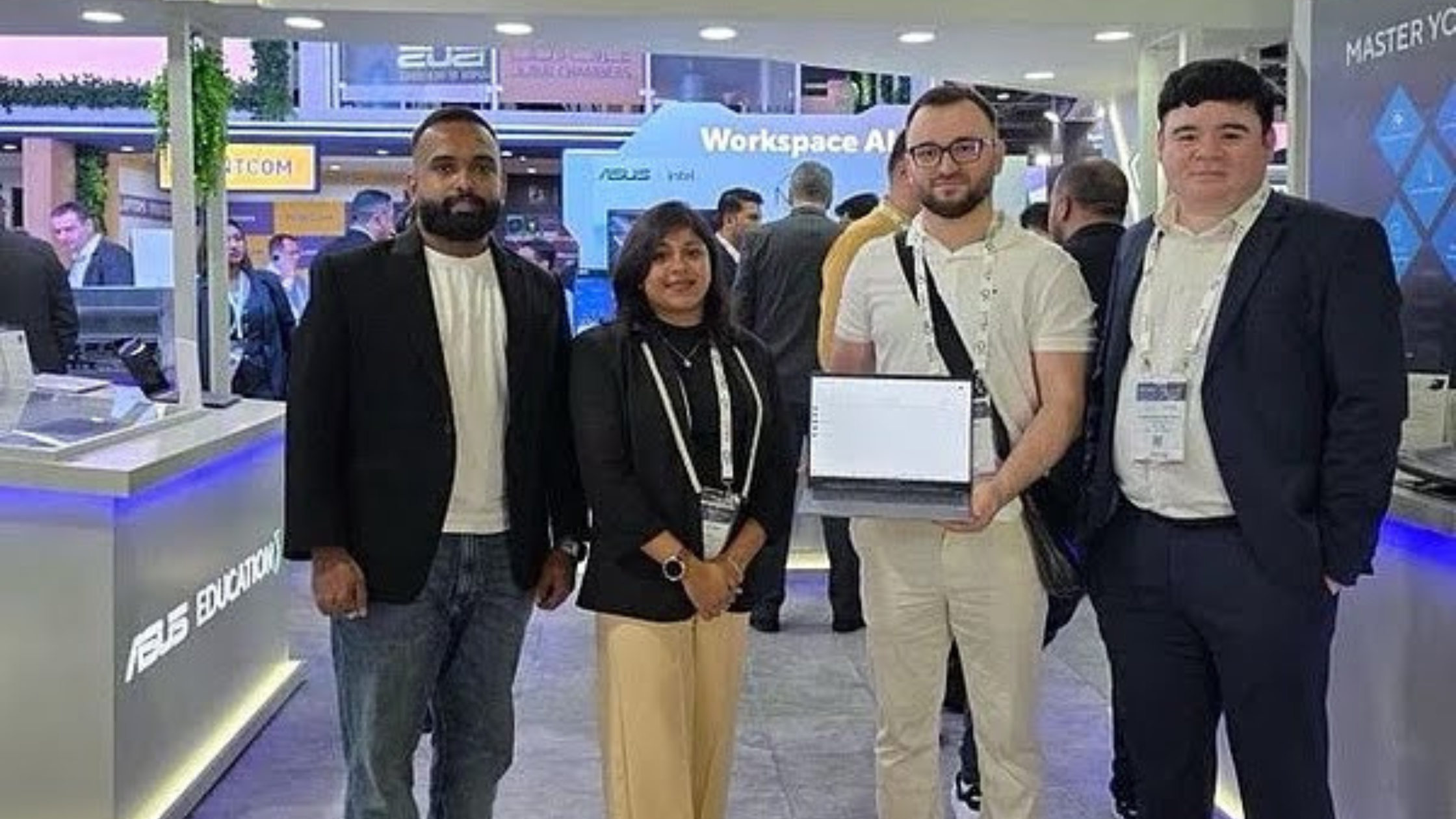HAL Takes Over SSLV Rocket Launches from ISRO

India’s ambitious push toward privatization and industrial participation in its space sector has taken a major leap forward. In a first-of-its-kind development, Hindustan Aeronautics Limited (HAL), a state-owned aerospace and defense company, is set to take full ownership of building, marketing, and launching the Indian Space Research Organisation’s (ISRO) Small Satellite Launch Vehicle (SSLV). This move signifies a notable shift in India’s approach to rocket development and commercialization, underlining a broader strategy to expand the role of private and public-sector industries in the space domain.
Transition of SSLV Ownership and Operations to HAL
Unlike traditional Indian rockets that are designed, assembled, and launched entirely by ISRO, the SSLV will now be managed by HAL under a complete technology transfer agreement. HAL, which is already known for producing the indigenous Tejas fighter jets and various other aircraft systems, was selected from a pool of nine bidders. Its bid was chosen for being the highest-ranked techno-commercial offer, making it the preferred partner for the SSLV program’s industrial transition.
The selection of HAL for this groundbreaking initiative demonstrates the government’s intention to widen the base of space-capable industries in India. As part of the agreement, HAL will build, launch, and market the SSLV for commercial purposes. While the core rocket technology originates from ISRO, HAL will now oversee the end-to-end process of manufacturing and launching these small satellite carriers.
Understanding the Role of SSLV in India’s Space Strategy
SSLV is ISRO’s most compact launch vehicle, designed to cater to the growing global demand for launching small satellites into low Earth orbits. The SSLV is capable of carrying payloads of up to 500 kg into a 500 km planar orbit. This positions it as an ideal choice for quick-turnaround missions, small satellite constellations, and dedicated customer launches.
SSLV’s development was primarily motivated by the increasing demand for affordable and timely launch services. Until now, most Indian rockets like the Polar Satellite Launch Vehicle (PSLV) and the Geosynchronous Satellite Launch Vehicle (GSLV) were too large and expensive for launching single small satellites. SSLV aims to fill that operational and economic gap.
After its unsuccessful debut in August 2022, the SSLV underwent critical modifications and succeeded in its subsequent missions in February 2023 and August 2024. These three launches were designated as developmental flights to validate key systems, structures, and subsystems of the rocket. Now, with the successful testing phase complete, SSLV is set for operational deployment under HAL’s stewardship.
Technology Transfer and Institutional Collaboration
The technology transfer process is being executed through a comprehensive agreement among HAL, ISRO, NewSpace India Limited (NSIL), and IN-SPACe—the Indian National Space Promotion and Authorization Center. IN-SPACe, an agency under the Department of Space, was established to facilitate private sector participation in India’s space activities.
Under the agreement, ISRO will provide hands-on training and guidance to HAL engineers across both ISRO and HAL premises. The initial phase includes the construction and launch of two SSLV units over the next two years. The estimated cost of this phase is pegged at ₹511 crore (approximately $59 million), to be paid in stages.
Radhakrishnan Durairaj, Chairman and Managing Director of NSIL, commented that the technology transfer process represents a vital step in enabling HAL to serve global clients with on-demand launch capabilities. He emphasized the significance of building India’s commercial space launch potential and aligning it with the global market’s dynamic needs.
Future Autonomy and Commercial Prospects for HAL
Following the successful completion of the initial phase with ISRO’s support, HAL will gain complete autonomy over the SSLV program. According to Dr. Pawan Goenka, Chairman of IN-SPACe, HAL will be allowed to make changes to the rocket’s design, source components from vendors of its choice, and independently market the SSLV to global customers.
This transition is expected to stimulate competition and drive innovation within India’s industrial space ecosystem. Not only will HAL handle manufacturing, but it will also be responsible for managing logistics, launch services, and customer relations—effectively functioning as a commercial space launch provider.
In the long term, HAL’s management of SSLV could lay the groundwork for more such technology transfers involving other ISRO launch vehicles and space technologies. The government is gradually creating a framework in which Indian industries can thrive and contribute to global space operations.
Legal and Liability Framework for Future Launches
One of the key questions raised during the announcement was the issue of liability in case of launch failures or accidents. Dr. Goenka clarified that, under international space law, the launching nation is primarily responsible for any mishaps. In this case, the Indian government will assume primary liability. However, it is expected that HAL, like private firms such as Skyroot Aerospace, will be required to secure launch liability insurance for each mission.
This layered responsibility ensures that risk is both acknowledged and appropriately distributed among stakeholders. It is also a sign that India is preparing its space governance structures to align with international best practices.
A Broader Push Toward Industrial Participation in Space
HAL’s entry into the rocket launch sector is not an isolated initiative. The company, along with engineering conglomerate Larsen & Toubro (L&T), has already entered into an agreement to build five PSLV rockets. The PSLV, ISRO’s workhorse vehicle, is known for its reliability and has a long track record of successful missions. The first industry-built PSLV, dubbed PSLV N1, is expected to launch in late 2025.
This multi-pronged strategy—diversifying responsibilities between public agencies and industry partners—reflects a maturing space sector that is ready to scale up both technologically and commercially. With the increasing involvement of private players like Skyroot, Agnikul, and now state-run HAL, India is clearly moving towards a hybrid space economy.
SSLV in the Global Context and Market Demand
Globally, there is a rising demand for dedicated small satellite launches, driven by companies investing in Earth observation, communications, and IoT constellations. Players like Rocket Lab (New Zealand), Virgin Orbit (now defunct), and Firefly Aerospace have entered this niche market. SSLV, under HAL’s leadership, is poised to compete in this domain by offering an indigenous, cost-effective alternative.
India’s geographical advantage, cost-efficiency, and technological prowess place SSLV in a competitive spot. The vehicle’s modularity and rapid turnaround time make it attractive to commercial clients seeking flexibility and affordability.
The Government of India has emphasized its vision to capture a significant share of the global space economy, which is projected to reach $1 trillion by 2040, according to estimates from Morgan Stanley and other leading firms. Initiatives like the SSLV technology transfer will be instrumental in turning this vision into reality.
Bridging the Gap Between Defense and Space Manufacturing
Given HAL’s primary expertise in defense aviation, questions were raised about its readiness to handle the highly specialized requirements of rocketry. However, HAL officials have clarified that their aerospace division has already developed a separate capability for space manufacturing, distinct from the aircraft and defense arms.
The development of SSLV and its associated infrastructure, including launch pads, integration facilities, and testing labs, is being handled with ISRO’s assistance. The synergy between the two entities ensures that technology and expertise are being shared efficiently.
This bifurcation of resources ensures that HAL’s involvement in the SSLV program will not impact its defense production schedules or commitments. On the contrary, it provides HAL with an opportunity to diversify its offerings and expand into the fast-growing space launch industry.
A New Chapter for India’s Space Industry
The handover of SSLV to HAL is more than a simple business transaction—it is a structural reform. It marks a significant departure from decades of centralized control over rocket technology and operations by ISRO. By entrusting HAL with full ownership, including design modifications, vendor selection, and customer engagement, India is signaling confidence in its industrial ecosystem’s maturity.
This milestone stands as a symbol of India’s progressive space policy—one that seeks to involve multiple players, encourage innovation, and elevate the nation’s presence in the international space economy. As HAL begins this new chapter, all eyes will be on how effectively it translates ISRO’s technical brilliance into commercial success.








2 Comments
[…] the Gaganyaan spacecraft and its components. Only after completing these missions successfully will ISRO proceed with launching Indian astronauts into […]
[…] step forward in space with a new agreement that will change the way rockets are built and launched. The Small Satellite Launch Vehicle (SSLV), a rocket developed by the Indian Space Research Organisation (ISRO), will now be transferred to […]
Comments are closed.